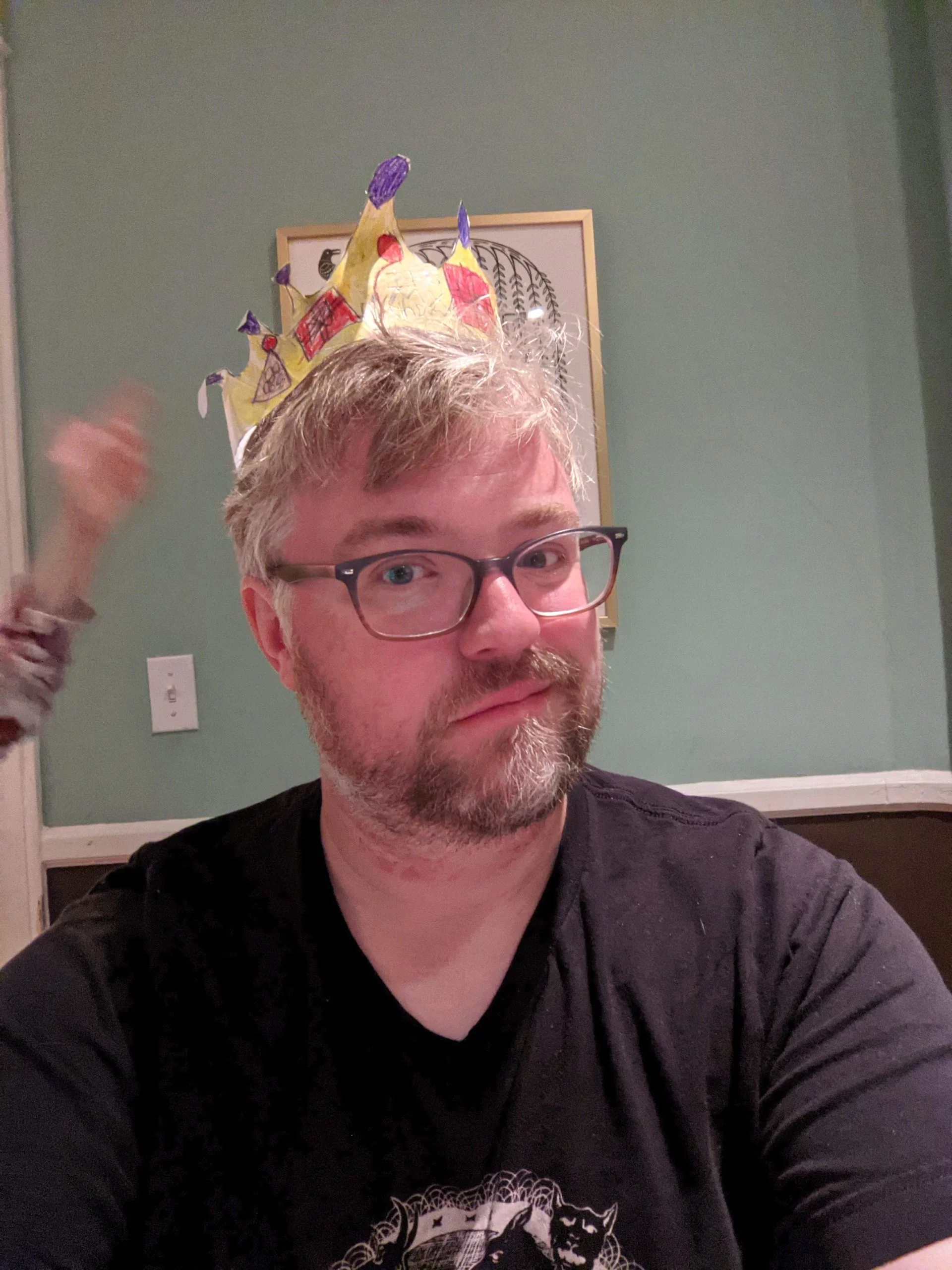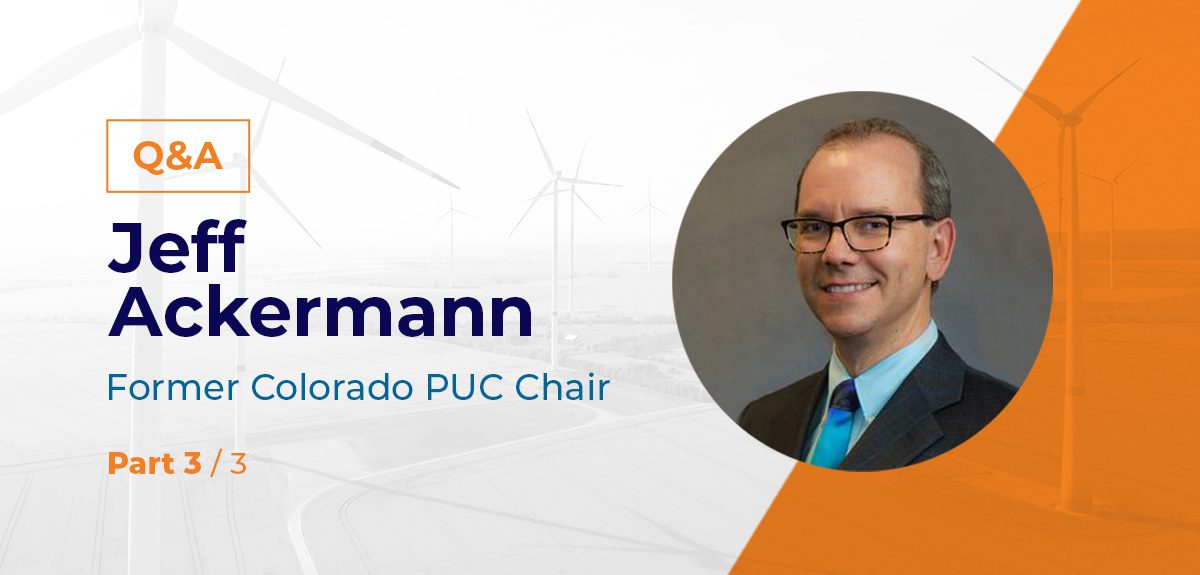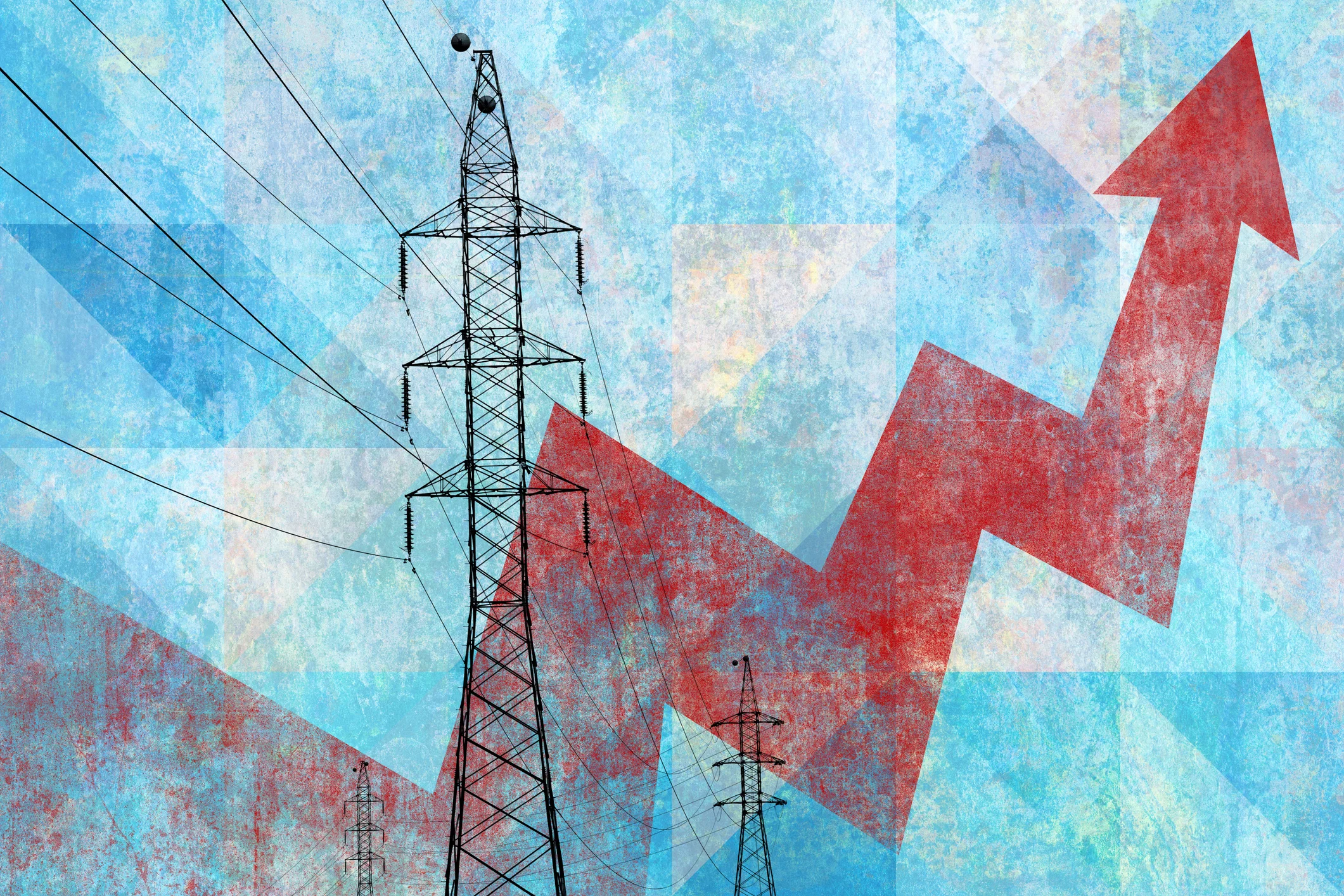Virtual Peaker recently spoke with Jeff Ackermann, the former chair of the Colorado Public Utilities Commission and current senior policy advisor at The Center for the New Energy Economy, about how utilities can work with regulators to adapt to the rapid changes in the distributed energy resources (DER) market. For Ackermann, collaboration, experimentation, and innovation are the key attributes that will help utilities be successful in the future.
How Can Regulators and Utilities Support Distributed Energy Resource Initiatives?
Jeff Ackermann: First, I want to be clear that I’m a former regulator, so what I’m sharing here solely represents my opinion and not that of the Colorado Public Utilities Commission.
I think we need to look at how we can change the rules a little for utilities to encourage them to innovate. In my opinion, we need to move closer to performance-based regulation (PBR) and performance-incentive mechanisms (PIMS) that are already happening in some states. It’s really all about performance. Utilities should be able to expect a reasonable and steady revenue flow, providing them a reasonable return on the assets they hold. We need to work closely with them to investigate what’s impeding progress and innovation.
– Jeff Ackermann, Former Colorado PUC Chair
What are some viable non-capital-intensive solutions? There are some states currently struggling with performance incentives, and I think part of the challenge is that they’re trying to simultaneously incent too much. Start with a few, high-priority performance objectives, such as carbon reduction (beyond statutory obligations).
Behavioral Modeling & Monitoring to Enhance Programmatic Goals
JA: When I talk about this topic, I like to use the analogy of good parenting and behavioral modeling and monitoring (admittedly a risky comparison for maintaining a healthy regulator-utility relationship). As a parent, would you suggest to your children that they pursue dozens and dozens of options—all at the same time—to discern their path forward and next steps? Or, would you hone in on a few options that have the best chance for success?
Similarly, why do we give utilities 20 to 40 different things to measure? If regulators assume the parenting role, they should start with anywhere from two to five things to measure. And they should resist the urge to go too broad with something like a general decarbonization goal that lacks specific, quantifiable mileposts. Utilities operate better with discrete, measurable goals.
Developing a Utility Culture That Emphasizes DERs
JA: Fundamentally, the larger objective is to push on what I refer to as utility culture. To be successful, we need to demonstrate how change—moving towards a more distributed energy resources future—can be in their best interest. This is a new role for utilities and a new business model, and it won’t happen overnight. My bias leans towards regulation as a service, an approach in which we create opportunities but also set parameters and generally hold utilities harmless as they experiment and try new things. If we don’t create the environment for change, utilities won’t innovate at the rate our planet desperately needs. Real-time pilots, closely monitored, can help us all get there.
Interview Takeaways: Experimenting with Distributed Energy Resources
For decades, the primary goal for regulated utilities seems to have been to stay within the traditional (and narrow) lanes of their regulated monopolies. With distributed energy resources, it’s now clear that performance matters. Forward-thinking regulators should encourage utilities to experiment, try new approaches–some of which will fail–and learn from their mistakes. Pilot programs are a great way to test and refine ideas that can empower utilities and their customers, and lead to a more sustainable planet.
(Virtual Peaker asked Jeff Ackermann three primary questions, which we’re sharing in separate installments. See here for part 1 and part 2 of our conversation. The discussions have been edited for length and clarity.)




